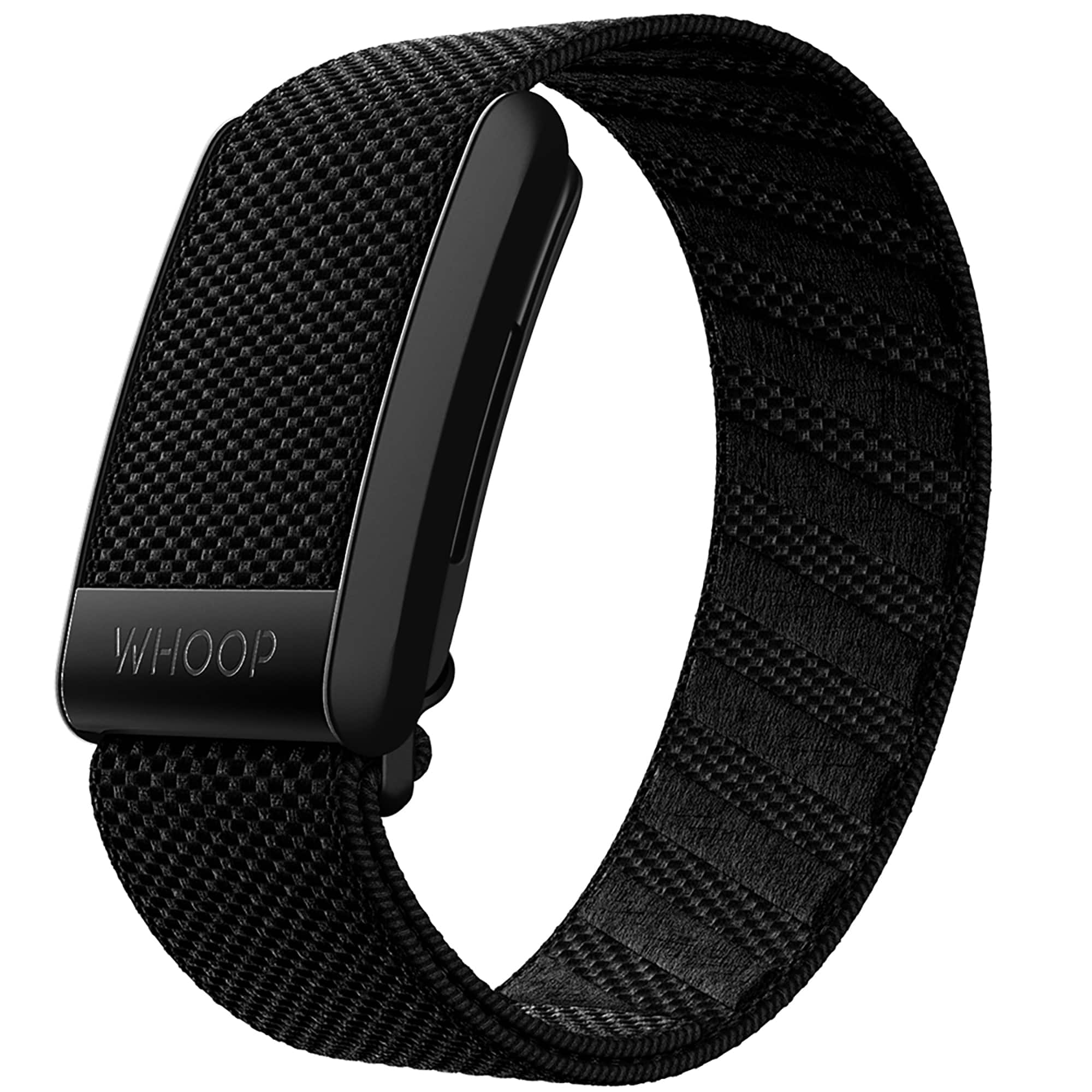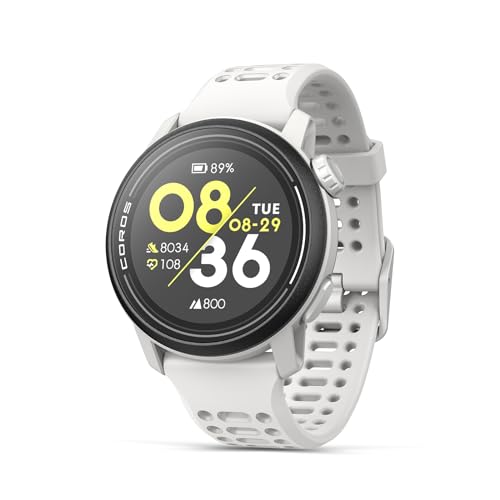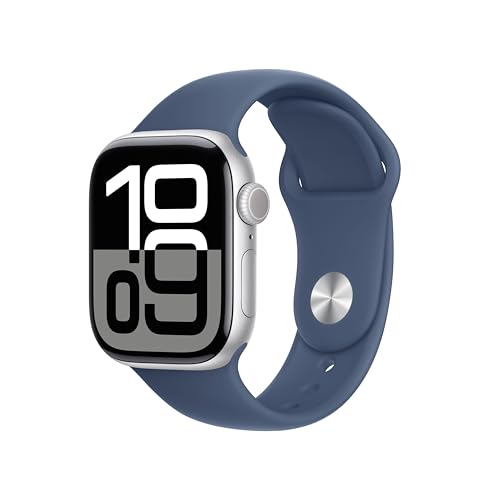
Forget pace, cadence, training load and, to a degree, even distance. If there’s one thing you should track above all other metrics when you run, it’s heart rate.
“Heart rate is one of the most important metrics for most runners, and certainly for an all-round audience,” says certified running coach James Stirling—aka London Fitness Guy.
Whether a complete newcomer or seasoned marathoner, Stirling says your heart rate is worth keeping tabs on. Here are three reasons to track your heart rate.
1. Track your heart rate to warn of overtraining or illness
“Firstly, your resting heart rate can tell you quite a lot about whether you’re overtrained or sick,” Stirling tells Fit&Well. “A steep elevation in your resting heart rate [when compared with previous days] is a signal that something is perhaps going on. Maybe you’re less rested, you’re sick or overtrained.”
If you notice a spike in your resting heart rate, Stirling suggests giving yourself an extra rest day to allow your body to fully recover before your next run or workout.
2. Track your heart rate to slow down
Monitoring your heart rate during a run can also remind you to slow down. Pro tip: you shouldn’t give every run your all.
“You should aim to complete a lot of your runs in the zone 2 heart rate zone,” says Stirling, adding that a common mistake he sees is people running too fast, too soon and too often.
Start your week with achievable workout ideas, health tips and wellbeing advice in your inbox.
Zone 2 is defined as 60-70% of your maximum heart rate and it corresponds to the kind of comfortable pace you can sustain for a long time. Spending time training in this zone boosts aerobic fitness, which will make running feel easier.
While you can estimate your zone 2 range with the commonly used formula of subtracting your age from 220 (I’m 37 so my MHR estimate is 183 beats per minute [bpm]), virtually all commercially available heart rate monitors will save you the brainache and do these calculations for you.
Keeping an eye on your heart rate zones when you have a zone 2 run on your training plan means you can speed up if you’re taking it too easy or, more likely, slow down if you’ve gone out too hot.
3. Track your heart rate to monitor your fitness
Lastly, Stirling says that tracking how your heart rate responds to exercise will help you gauge how your fitness levels are changing.
A simple test you could try, he says, is to do a 20-minute test on a treadmill. “Run your max distance and check your average heart rate. Then repeat the test four weeks later,” he suggests.
“Let’s say that during the first test your average heart rate was 165 beats per minute (bpm). If you can cover the same distance with your average heart rate down at 160bpm four weeks later, you know there’s been an adaptation because your heart is having to work less hard to cover the same distance.”
Recommended heart rate monitors
Stirling uses a mixture of monitors to track his heart rate. “I use WHOOP to monitor my recovery and resting heart rate, then I tend to rotate between my Coros and my Apple Watch when exercising,” says Stirling.

Sam Rider is an experienced freelance journalist, specialising in health, fitness and wellness. He is also a REPS level 3 qualified personal trainer.



